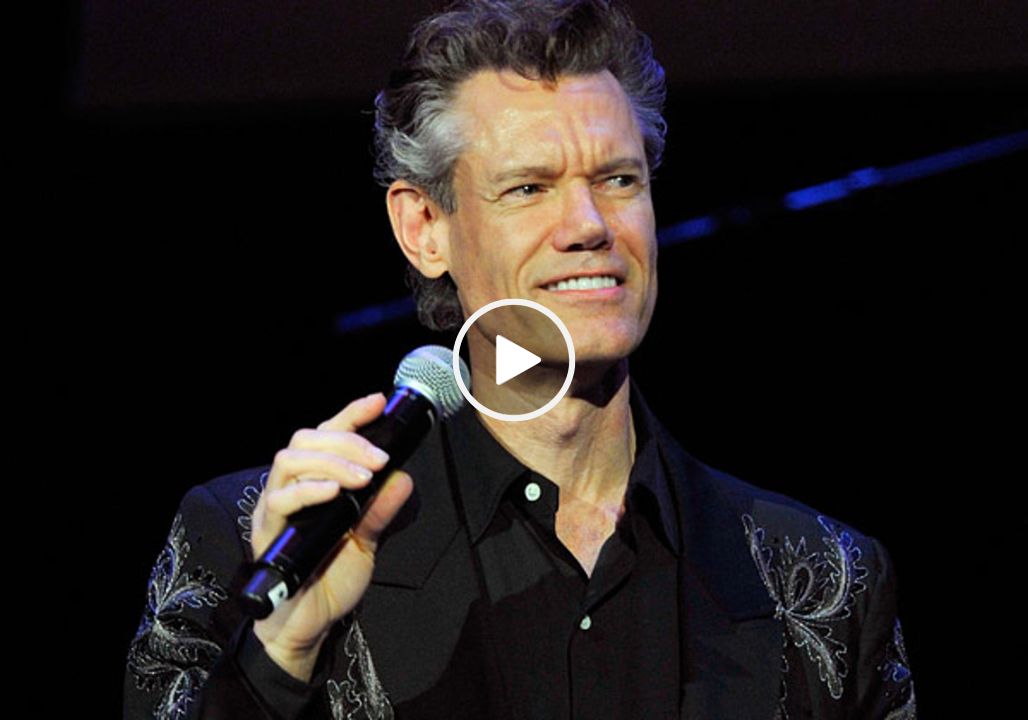Introduction

Released in 1988, “Deeper Than the Holler” became an instant hit for country music legend Randy Travis, topping the charts and solidifying his status as a rising star. But the song’s journey began long before Travis’s smooth baritone brought it to life.
Composed by the songwriting duo of Paul Overstreet and Don Schlitz, “Deeper Than the Holler” emerged from a desire to explore love in a way that transcended clichés. They aimed for a metaphor that captured the profound and enduring nature of love, settling on the image of a “holler,” a deep valley often found in Appalachian landscapes. This geographical feature became symbolic of the immense depth of the narrator’s love, something far beyond the surface and impossible to fully measure.
The song’s lyrics paint a vivid picture of the narrator’s devotion. He acknowledges the inadequacy of typical love songs, stating, “I’ve heard them sing about mountains high, and oceans wide and deep,” before declaring his love as “deeper than the holler down my mountainside.” The imagery is simple yet evocative, resonating with anyone who has experienced a love that feels boundless and unwavering.
“Deeper Than the Holler” wasn’t just a commercial success; it resonated deeply with audiences. Its genuine and heartfelt message struck a chord, solidifying its place as a classic country love song. The song’s enduring popularity is a testament to the power of simple, honest storytelling and its ability to connect with listeners on a deeply personal level.
So, the next time you hear the opening chords of “Deeper Than the Holler,” remember the song’s rich history and the intention behind its creation. It’s a love song that transcends genre and time, reminding us of the profound emotions that can be expressed through simple words and sincere melodies.
